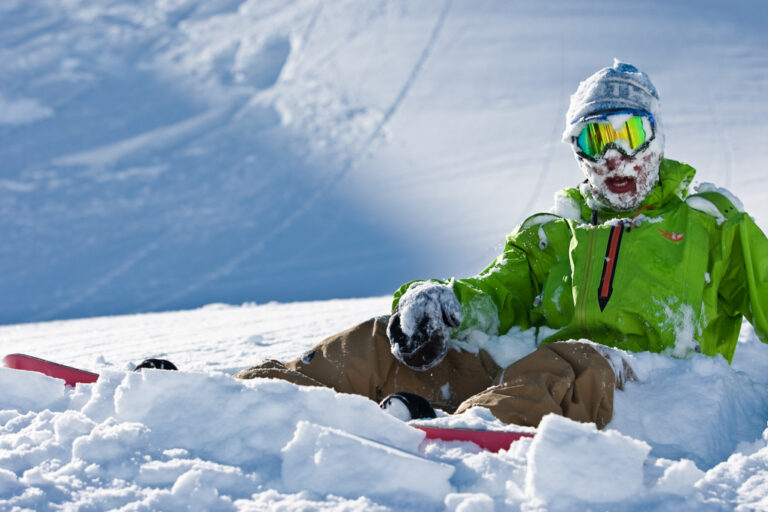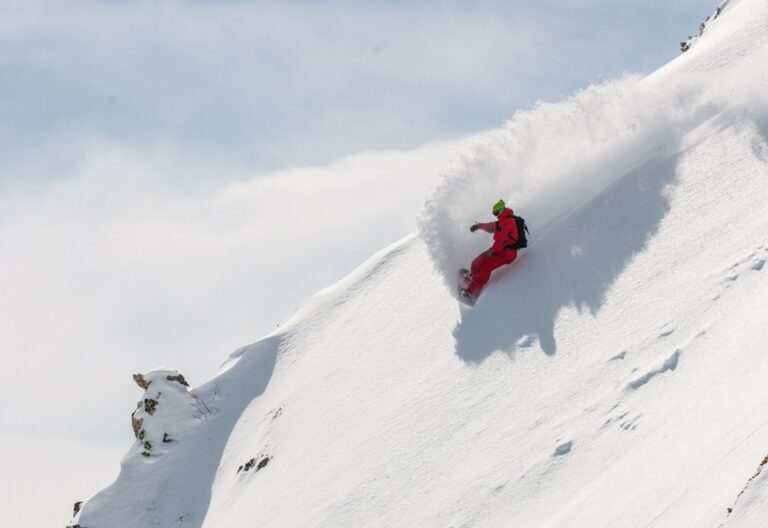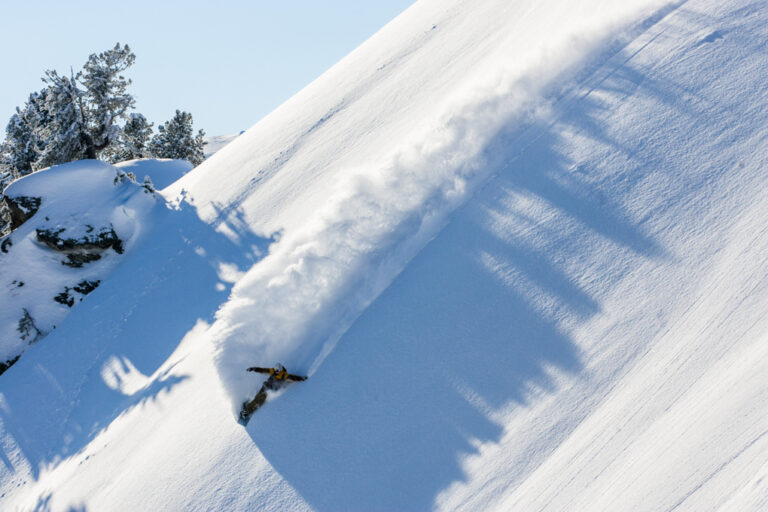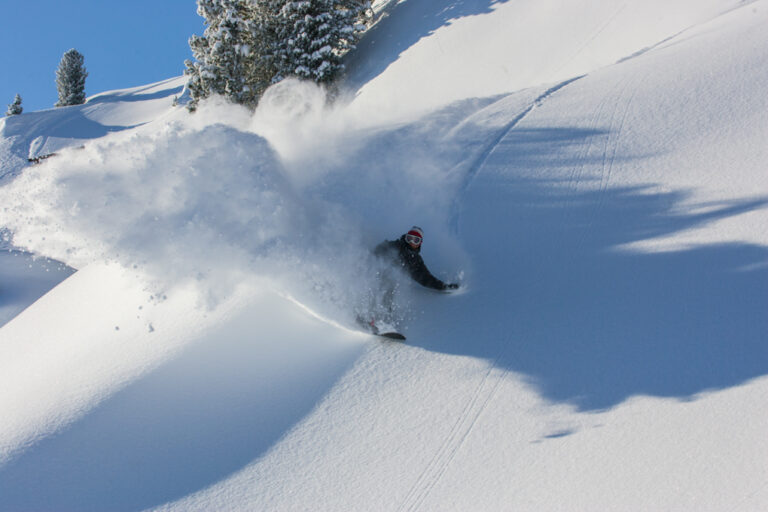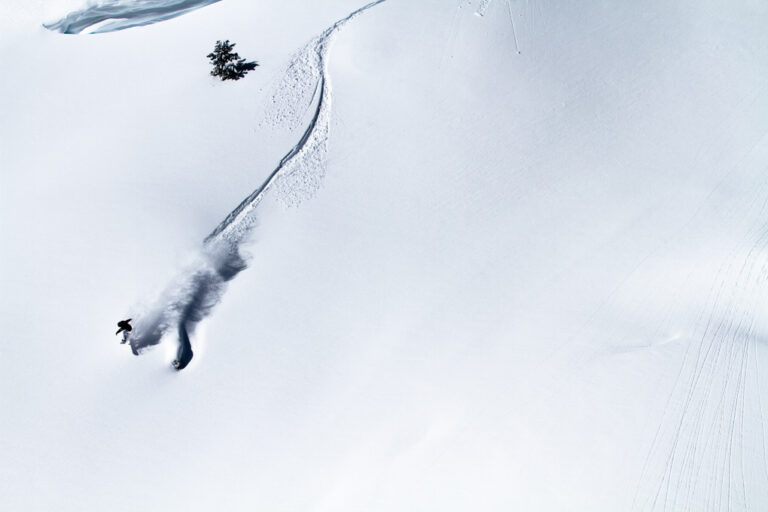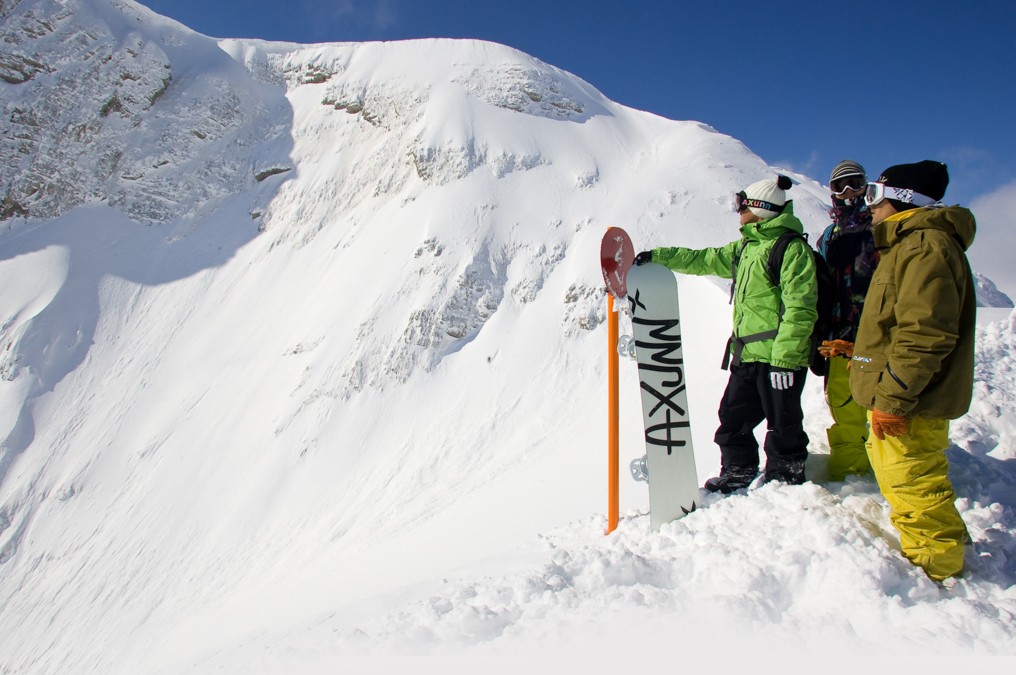
Before heading off-piste there are a few unwritten rules of backcountry etiquette worth noting. Yes, there are ‘no friends on a powder day’ as the old cliché goes, but the reality is that you want your mates right there with you – so you’ve got each other’s backs and can enjoy the whole experience more.
From Whitelines Basics 2013
Breaking TrailHiking in fresh snow is difficult, tiring and sometimes essential. If you’re leading the line and putting tracks in fresh snow, you’re doing what is known as ‘breaking trail’ or ‘boot packing’. This is usually done in a single file formation to make it easier for the person behind to conserve energy, so agree with your buddies to alternate who breaks trail at the front.
Respect each other’s paceEveryone hikes at different speeds. Some like to steam up the mountain and work up a sweat, while others like to take their time and enjoy the process. Often though, it’s just down to how fit you are. So if you’re out hiking and there are other groups or people going solo and a person comes up behind that is faster, simply step aside and let them go past you.
Take off the phonesIf you’re listening to music when you’re hiking to pass to the time, just have the occasional check to see if someone is behind you waiting to pass, as sometimes it’s easy to zone out and not know what’s happening around you. Plus, it’s good to take in the beautiful scenery every so often as you go.
Clean up after youIts common sense but leaving the backcountry in the state you left it means the next group of people won’t run into empty food and drink cartons. There’s nothing worse than enjoying the clean air and incredible panoramas, then clocking an empty crisp packet out of the corner of your eye. Take it with you.
One-at-a-timeThe most common cause of slab release is external loading. When you make a turn in fresh snow you can exert up to six times your body weight on the snowpack. If two riders are descending at once, this pressure-loading is doubled (and probably spread out onto more of the snowpack due to you taking slightly different lines). If you’re venturing onto a slope that has an element of avalanche risk (i.e. it is the right angle, rolling, unsupported or untracked) treat it as unstable and take the precaution of riding one at a time.
Watch your blind sideRemember that when you’re riding you have a blind spot on your heel side. Try to be aware of other riders in the group (who may be behind you) and when passing people, give them room to manoeuvre on their heel side. This seems really obvious but is a common cause of accidents on the piste. In the backcountry – where everyone is charging or competing for the freshest turns – it can have very serious consequences.

